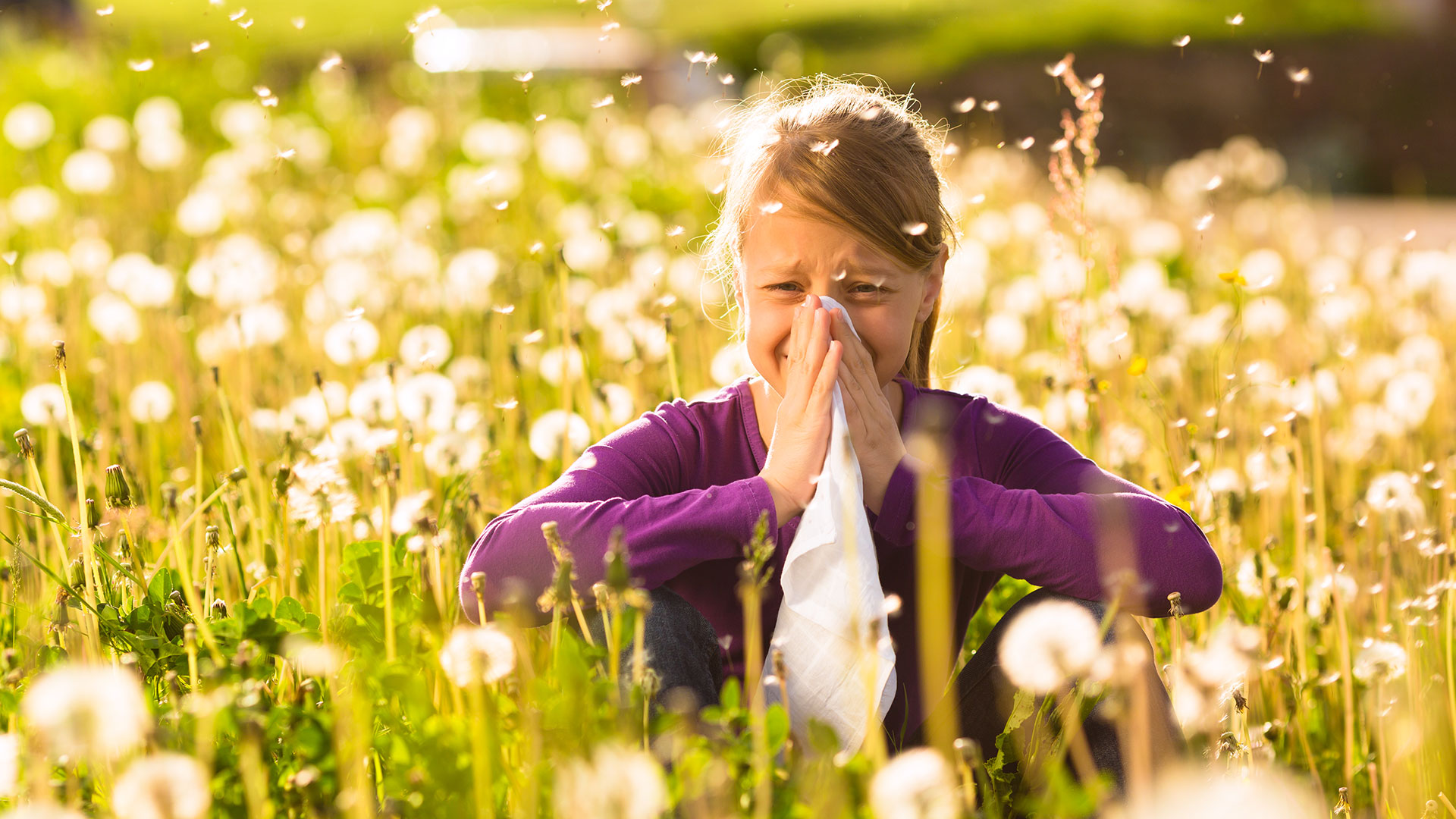Allergic Rhinitis
Allergic rhinitis constitutes a common chronic condition of the nose, with a general ranging between 15-40% alongside an incremental tendency (15%-40% occurrence rates and even with greater effects on younger people), while it still cannot be early diagnosed or treated in many of the cases examined. This incremental tendency is due to the contemporary way of living (health habits, sedentary living) along with the environmental conditions (air pollution, humidity). Specifically in riparian and coastal areas as the prefecture of Evros, the frequency of allergic rhinitis and its overall impact on the health of the population is significantly high, especially among the young people. In fact, the untimely diagnosis of allergic rhinitis leads to morbidity and generates other intercurrent diseases (such as chronic rhinosinusitis, nasal polyps, bronchial asthma, etc.) with a significantly adverse impact on the health level of the population, the quality of life and therefore a major socio-economic cost. Inhaled allergens are considered to be the most common cause of allergic rhinitis, which display geographical, climatic and environmental alterations. There is also an omission of epidemiological studies in Greece alongside an entire lack of control and listing, especially in Eastern Macedonia and Thrace (AM-TH). In contrast to Greece, similar studies have been conducted by many other European countries (Belgium, Italy, Spain, Portugal, Turkey, Norway, Sweden, The United States, Great Britain, etc).
Nowadays, it is with the financial support of the General Secretariat of the Ministry of Education and Religious Affairs that a program for the formulation of the “allergy map” regarding the region of Alexandroupolis has been developed, while a corresponding project that will concern the Northern part of the Perfecture of Evros is underway. The connotations of this program are not only about promoting the health of the citizens, but its results can also be employed by the Chamber of the region, so that the hotels are certified by an international organization and the area satisfies the requirements of hosting guests with respiratory problems.
Allergens

Allergens
- Pollen
There are several types of pollen depending on the type of the plant. Fine pollen is dispersed in the air (anemophilous pollen), whereas sizeable pollen is being transferred by the insects (insect pollination- entomophily). Anemophilous pollen is the one that mainly causes allergies because it can easily travel long distances. Due to the fact that entomophily is being produced and released in small quantities by colored and fragrant plants to attract the insects, sensitizes a few people.
Families of plants that cause allergies due to their pollen include:
- The trees: olive tree, parietaria, pine tree, sycamore, walnut tree, oak, etc.
- The grassy: lawn, reed, wheat, stutch grass, rye, oat, etc.
- The herbaceous: nettle, vromousa, absinthium, etc.
When the weather is warm and dry, pollen is easily dispersed through the air, while when it is rainy, it is being led to the ground and kept to the air.
- Household dust
Household dust includes mites, which belong to the Dermatophagoides family. The mite, which is mainly found in house dust, is the Dermatophagoides pteronyssinus. Mite feces are extremely allergenic. The amount of household dust varies depending on the season, the climate and the altitude of the area. A farmhouse develops different levels of household dust in contrast to an apartment in a block of flats located in the city centre. It even differs from room to room. The mites do not reach an altitude of more than 1500-1800 meters. The most advantageous conditions for their growth are when the temperature is 25 degrees Celsius and the humidity levels around 80%.
- Fungi
- Pets
Animal allergens include saliva, urine, scales, skin epithelium and feces. Animal hair is probably an allergen vector. Most often cats generate allergies, due to the fact that they lick themselves and deposit saliva on their hair which is then spread everywhere. Cats develop a Fe1 D1 antigen through the sebaceous glands, which is then found in the fallen epithelium.
- Environmental pollution
Environmental pollution is another factor that encourages the development of allergic rhinitis. Food allergy rarely precipitates allergic rhinitis.
Suggested Publications
Allergic Rhinitis and its Impact on Asthma (ARIA):Achievements in 10 years and future needs
Immunologic mechanisms of a short-course of Lolium perenne peptide immunotherapy: A randomized, double-blind, placebo-controlled trial
Allergic sensitization prevalence in a children and adolescent population of northeastern Greece region
Clinical significance of Alternaria alternata sensitization in patients with allergic rhinitis!
Smoking effects on quality of life of allergic rhinitis patients after sublingual immunotherapy
Allergic rhinitis and aspirin-exacerbated respiratory disease as predictors of the olfactory outcome after endoscopic sinus surgery
Inflammatory patterns in upper airway disease in the same geographical area may change over time
Predictors of Quality of Life Improvement in Allergic Rhinitis Patients After Sublingual Immunotherapy

The creation of the allergiological map was funded by
Γενική Γραμματεία Νέας Γενιάς



